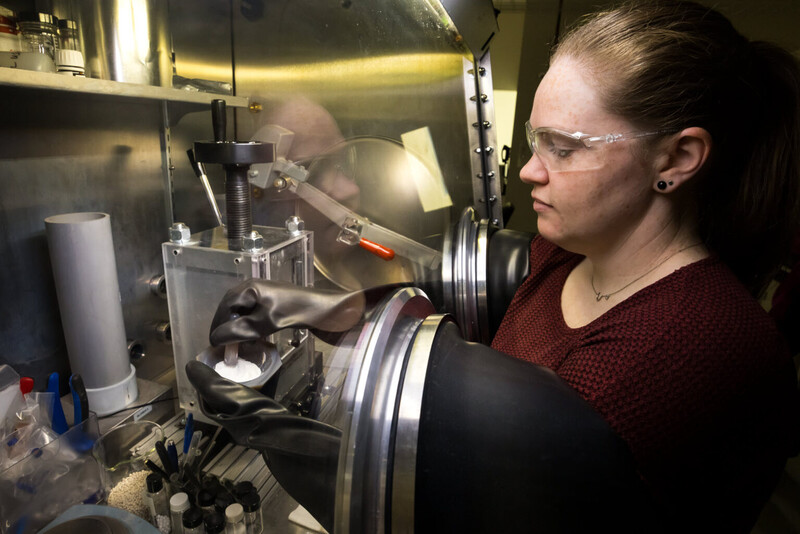The problem: Vehicle and device batteries are driving huge demand for lithium. Since it is a non-renewable resource, scientists are looking for ways to replace or use less lithium, but with so many combinations of materials, it can be hard to know what’s worth exploring.
The solution: Microsoft and the Pacific Northwest National Laboratory tested a combination of lithium and sodium, creating a solid-state battery that uses 70% less lithium and is less prone to overheating. The solid electrolytes, however, are less conductive than liquids, so researchers will work to improve this, or else pursue another material.
Why it matters: For Microsoft, the breakthrough is less about the material and more about how they found it: Azure Quantum Elements, a platform that uses AI and high-performance computing to make discoveries in chemistry and materials science. The system initially came up with 32 million materials that use less lithium. After going through several filters — stability, conductivity, cost, availability — it got that number down to 23 (only five of which were already known) in just 80 hours, compared to the months or years it would have taken human researchers.
